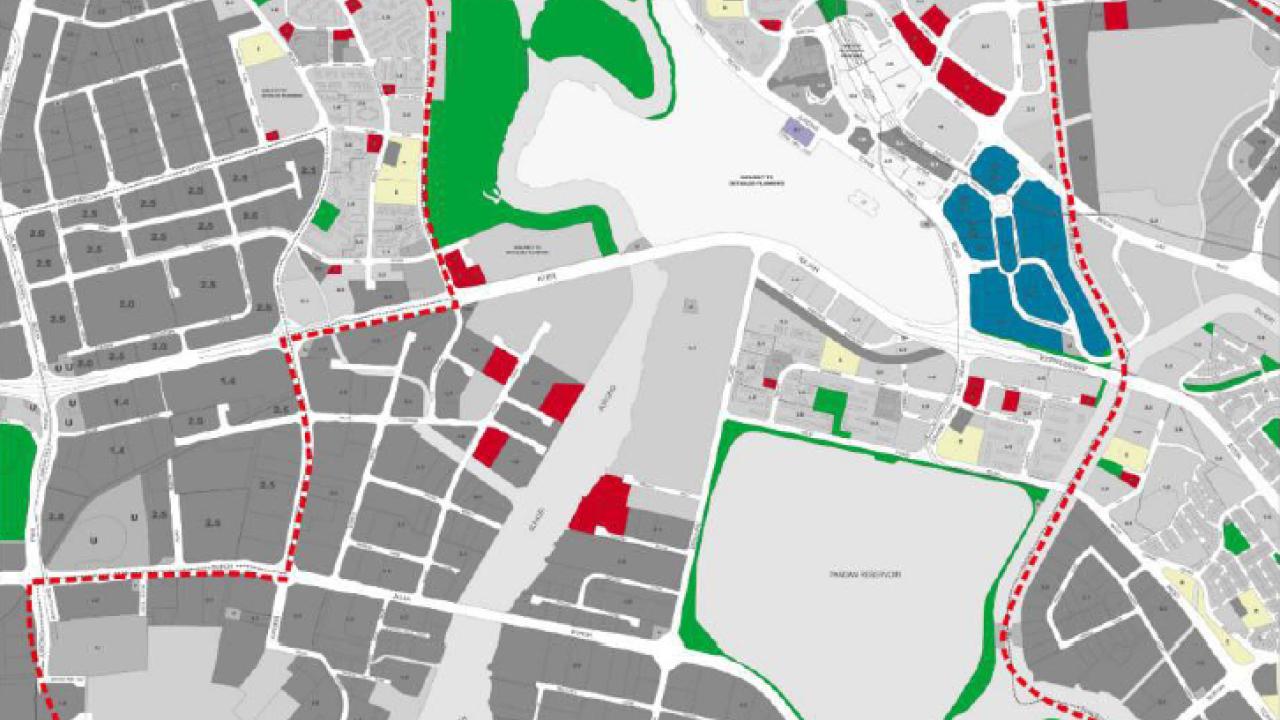
Fil d'Ariane
- Accueil
- Urban Function-Spatial Response Strategy for the E...

Urban Heritage Conservation and Sustainable Development Research Team
School of Architecture, Southeast University (SEU), China
SEU Key Laboratory of Urban and Architectural Heritage Conservation, Ministry of Education, China
UNESCO Chair in Cultural Resource Management
Preface
From the end of 2019 till now, the outbreak of 2019 Coronavirus Disease (COVID-19) becomes a worldwide epidemic. WHO announced it as “Public Health Emergency of International Concern” in 31 Jan. 2020, and “Pandemic” in 11 Mar. 2020. After a painful period, the situation in China has come down in general now. Chinese health authority said in 18 Mar. 2020 that it received reports of 13 newly confirmed cases and 12 of them imported. Since beginning of 2020, a total of 80,894 confirmed has been reported in mainland China, and 3,237 died.
Today, more countries are suffering from the epidemic with rapid increasing confirmed cases. And different response strategies are taken in different countries. In China, a combined top-down and bottom-up approach works well during the whole process against the epidemic. Levels of governmental departments, medical facilities, cities and communities work all together closely using all possible resources efficiently and quickly into the anti-epidemic battle. While in some other counties, individuals are of major force for this.
For instance, “Herd Immunity” or Horde Mode had been thought as a possible way seeking for a steady development of epidemic in a society during a longer period of time. Whether it’s true or not, the basic conception of this might be for maintaining the normal operating condition of the present social, economical, and medical systems as well as individual life without being exhausted during the epidemic. The big advantage of this may be that the socio-economic order seems to be less chaotic, however the pandemic will cause slow and protracted stress. Time will tell.
There may also be more combinations between state intervention and laissez-faire policies. In many cases, city is both a stricken center and the disaster relief center. A city is a huge complex system that hold up human daily life and various spatial functions. Its functional-space structure has developed in a long historical process, and should meet the daily needs of the city, as well as constantly optimized with the development and transformation of the city. This is a continuous, progressive and stable urban evolution process.
Entering 2020, with the sudden emergence of COVID-19, we found that many modern cities still lacked of the basic capacity responding to emergencies and disasters. As a matter of fact, in Sustainable Development Goal (SDGs) formulated by United Nation in 2016, it has already involved the contents of urban safety, health, sanitation, sustainability, and emergency in response to environment issues. Among the goals, sustainable development goal 3,6,7,9,11,13,16, and 17 all raise the deficiencies of current human society development and the direction that should strive from different aspects.
From a medical point of view, it is necessary to test the susceptible population, quarantine the suspected,and offer treatment to the infected and confirmed, as well as block the transmission route in the shortest time and limited space. Thus, the urban function-spatial structure should be adjusted accordingly, from the goal of satisfying daily life to meeting the needs of both daily life and that of responding to the epidemic. This may affect the normal life of some people, but if the transmission of the epidemic cannot be effectively stopped before the outbreak, more and more people will be infected, which will affect the lives of all. Therefore, when dealing with a dangerous infectious disease such as COVID-19, both the state and the city governments need to make correct policy choices in a timely manner, and more importantly, everyone needs to make choices that are in line with the common interests of society. Only when the city and the individual's will and strength form a joint force can the epidemic be effectively overcome.
Accordingly, in reaction to what functional-spatial urgent actions should be taken by cities in response to COVID-19, this manual combines some experiences in China to make some responses.
ARCHITECTE ou société d’architecture
Visiteur
Commentaires